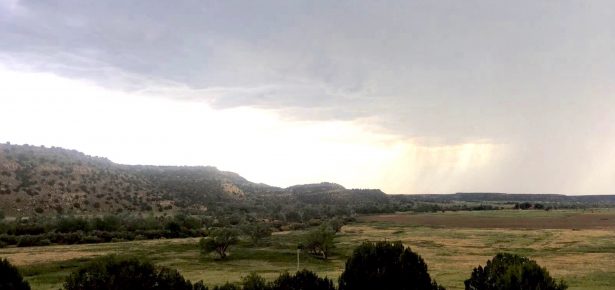
Many people see “history” as something we get from written records that tells us how important people influenced great events—colleagues in my institution’s history department sometimes make that clear. From that perspective, the “history” of indigenous people on the North American Great Plains is a story of Euroamerican expansion resisted by groups like the Comanches and Lakota under the leadership of people like Quanah Parker and Red Cloud.
This is all wrong. It is not wrong because documents do not tell history, or because important people do not affect history, or because Comanche and Lakota people, including Quanah Parker and Red Cloud, did not live on the Plains or do important things there. It is wrong because it limits the history of indigenous Plains people to the period after Europeans arrived, because it diminishes the breadth and variety of indigenous lives on the Plains, and because it fossilizes a view of the indigenous people on the Great Plains at a point when colonialism had already changed their lives profoundly.
History writ large is the story of how human lives changed over many centuries and it should rely on all of the evidence we have at our disposal, documentary or not. The material record of our lives—our archaeology—is an essential piece of this evidence whether we have a documentary record or not. Archaeology has problems and complications: organic material decays, nature destroys sites. So does documentary history: writers lie, often blatantly; written records systematically ignore certain kinds of people and certain kinds of information. I wrote this book as an archaeological history of the Great Plains, to tell the story of what we know about how human beings have lived on the immense open grasslands at the center of the North American continent over the immense span of time they have lived there—15,000 years, perhaps more—based mainly on the material remains of those human beings’ lives.
Archaeology is a strange occupation, on the Great Plains or anywhere else. Finding people in the things we leave behind means having a deep interest in trash, in abandoned pits and collapsed houses, in broken animal bones and shattered pots, and in what we can read from the dirt that things like these are buried in. It’s easy to get lost in minutiae and in description and in uncertainty. Writing this made me step back to the sweep of history in my research area to see hunters and farmers and warriors and traders connected within the Plains and to most of North America, and to break down the boundaries that archaeologists draw between periods of time and regions of the Plains. The things that people left behind tell us that social groups came and went, social boundaries shifted, families learned new ways to feed themselves, and communities appeared and disappeared and went to war and made peace. History happened for millennia on the Great Plains just the way it has everywhere human beings have lived, and a century of archaeological research lets us see it.
Latest Comments
Have your say!